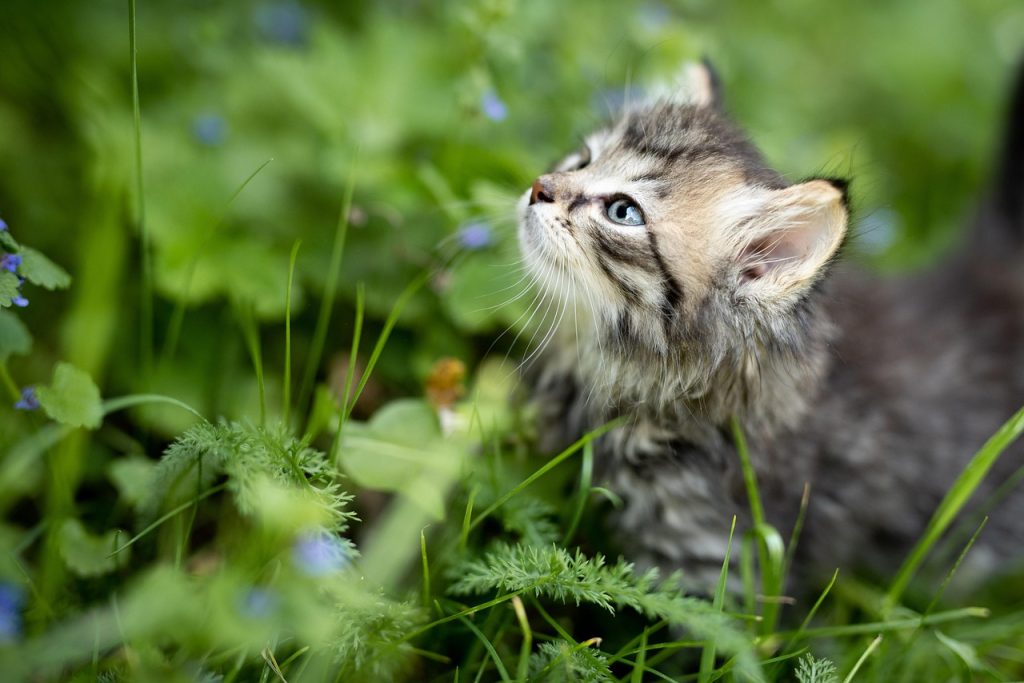The problem
Anyone with pets will know that the waste, litter, and bedding associated with our pets can soon mount up. Handling and disposing of pet waste effectively and safely can be troublesome.
Simply encouraging your pet outside is not an acceptable option. Pet waste on the ground may harbor dangerous pathogens and parasites that can be washed into nearby waterways and reservoirs. Burying the waste does not eliminate this risk. Buried pet waste can take a long time to decompose and water flowing through the soil can carry the harmful pathogens to local streams and lakes.
Flushing pet waste may seem like a reasonable solution, but this can cause hidden problems and is banned by many municipalities. Water treatment facilities may not effectively remove all of the parasites and toxins present in pet waste. Plus, litter can cause blockages and problems in the sewers, even litter marketed as ‘flushable’.
Often times, the best solution is to collect pet waste in plastic bags, seal, and dispose of in the garbage. Unfortunately, this adds to our endless growing landfills and wastes single use plastic bags.
The good news is that with a little bit of work and a small tolerance for ickiness, it is possible to compost pet waste at home.
How to compost pet waste at home
For small animals with a plant diet, such as hamsters, guinea pigs, and rabbits, the waste and bedding can be added to your regular compost pile, or dug into the trench when you bury your bokashi pre-compost. Obviously, wash hands and practice good hygiene when composting your small pe’s waste and bedding, as you would when handling your pet.
For pets that eat meat and animal products, there is a much greater risk of parasites and pathogens being present in the waste and litter. However, with a little bit of care it is possible to compost your pet’s waste. Note that any compost produced from your pet’s waste should not be used for growing fruits or vegetables.
You can find many videos online of people creating bokashi pet waste systems. The simple steps are as follows:
Step 1: Find a suitable size plastic container for your pet waste needs. The container should be one that has a removable lid. A five gallon bucket will be acceptable for small amounts, or a residential garbage can will work well for larger amounts.
Step 2: Cut the bottom off of the container.
Step 3: Dig a hole in the garden and bury the container in the hole, so that the top of the container (the lid end) just comes out of the top of the hole. Put the lid on the container.
Step 4: You’ve now got a go to place in the garden to take your pet waste as it is produced. Each time you add pet waste, give a small sprinkle of bokashi bran. The bokashi bran will help neutralize pathogens, odors, and speed up the decomposition process. The hole in the bottom of the container will allow the free transition of garden biota and soil building organisms, all of which are beneficial for returning the pet waste to the surrounding garden area.
Step 5: The life in your soil will do most of the work so that you can keep adding pet waste on the top and you should see the level continuously going down. If you should fill your container, then pull it out of the ground (leaving the fermented waste behind) and relocate. Cover the initial area with at least 6 inches of soil.
Notes:
- The compost created from your pet waste is not intended to be spread around your garden. The idea is to leave the pet waste composter, and the pet waste compost, in place.
- The bokashi pet waste compost set up should be placed well away from any food production, and frequently used areas of your garden. The more remote and out of place, the better.
Order now! Find all your bokashi composting supplies in our online shop.
Other posts you might like to read:
Why bokashi?
Common plants that are unsafe for pets


Leave a Reply